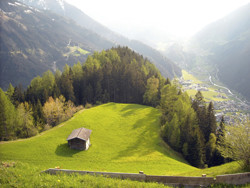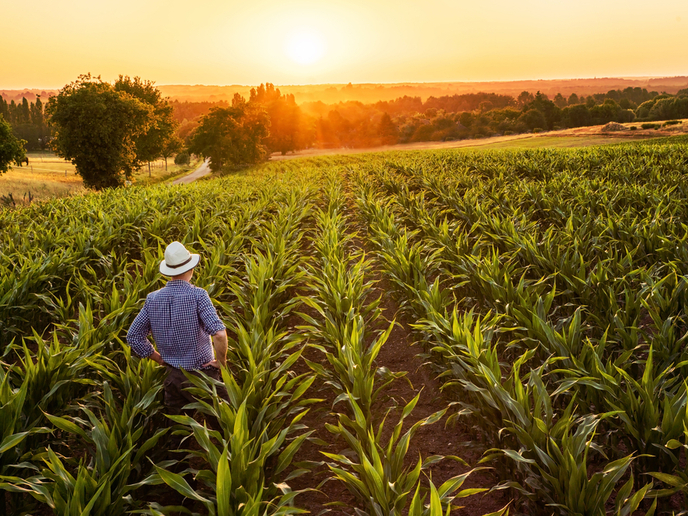Carbon cycling in mountain pastures
Terrestrial ecosystems are the link between the atmosphere and the enormous reserves of carbon locked in plant biomass and organic carbon in the soil. Whether it remains locked in plants and the soil or released into the atmosphere depends on the biological processes that cycle carbon in the plant–soil system. Grasslands contain large stocks of carbon and have significant potential for future carbon sequestration. Their management and history affect whether they act as a sink or source for CO2. However, research into the role of mountain pastures in carbon cycling has been limited. Mountain ecosystems are of particular interest as they are expected to be the first to be affected by climate change. The EU-funded CAPACITI project investigated the annual carbon dynamics of semi-natural mountain pastures in the Pyrenees. The aim was to discover how plant–soil system processes influence the gain and loss of carbon to these fragile ecosystems. This will answer the question of how management and climate can be combined to regulate productivity and carbon storage in these dynamic grassland environments. Different functional plant types were also studied in semi-natural mountain pastures together with changes in their capacity for storing carbon, or losing it via respiration. The aim was to demonstrate the role of vegetation composition in regulating the carbon cycle. In addition, meteorological and micrometeorological data were measured and combined with a detailed description of the vegetation. Variations in plant–soil system processes were measured for the entire growing season and between plant guilds. An ecological guild can be described as a group of species that exploit resources in a similar way. The abundance of natural isotopes was also measured in different parts of the system to discover whether different patterns occurred over time in different types of functional plants. Results indicated that management practices favouring carbon uptake by grasslands and pastures can sequester atmospheric carbon. This can mitigate CO2 emissions and give an additional value to agro-pastoral systems.







